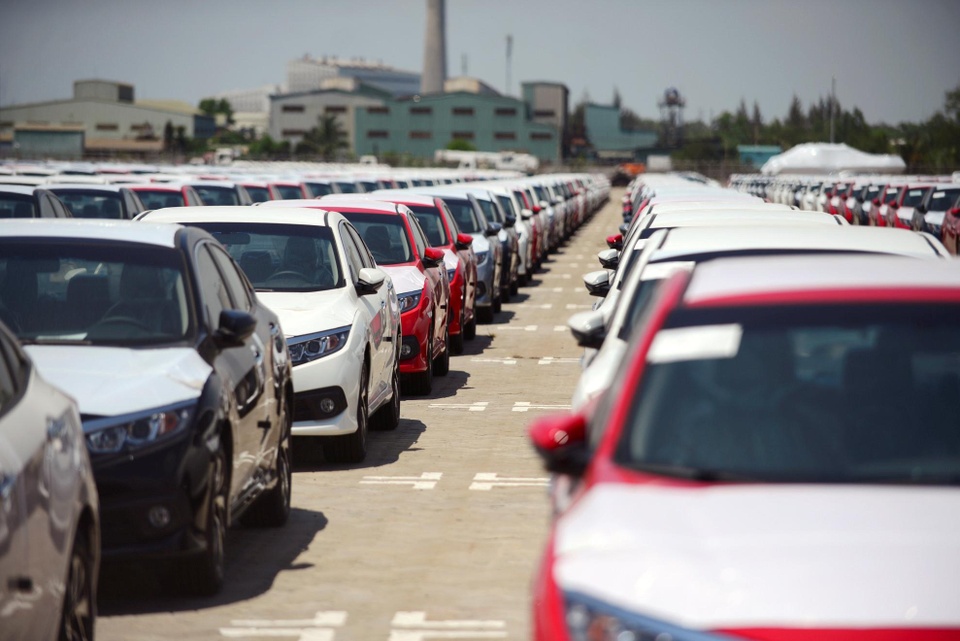
|
The latest report from the General Department of Vietnam Customs revealed that in October, Vietnam imported 17,706 automobiles, with a total value of over 374 million USD. This brings the year-to-date import value to a staggering 2.9 billion USD for 142,794 vehicles. On average, Vietnam has spent over 9.6 million USD per day on automobile imports for the domestic market during the first ten months of the year.
Compared to the same period last year, the number of imported vehicles has increased by 37.5%, while the import value has risen by 19.1%. Indonesia remains the top supplier of automobiles to Vietnam, with a total of 57,693 cars imported so far this year, valued at nearly 844 million USD.
Notable Indonesian-imported models in Vietnam include the Mitsubishi Xpander, Mitsubishi Xforce, and Toyota Yaris Cross. The soon-to-be-released Omoda C5 will also be initially imported from Indonesia and Malaysia. Thailand ranks second in terms of import volume, but its import value is significantly higher than that of Indonesian-sourced vehicles. According to the General Department of Vietnam Customs, 54,481 automobiles from Thailand entered Vietnam in the first ten months, with an import value of over 1 billion USD.
Popular Thai-imported models include the Ford Ranger Stormtrak and Raptor, Ford Everest, Toyota Corolla Cross, and Honda CR-V e:HEV RS. China is also making a strong entrance into the Vietnamese market, with 24,613 cars imported so far this year, valued at nearly 733 million USD. This is a significant increase from the same period last year, where only 8,495 cars were imported, valued at approximately 319 million USD.
Vietnam is witnessing a wave of Chinese automobile brands, including Lynk & Co, BYD, GAC, Aion, and upcoming names such as Omoda, Jaecoo, Dongfeng, Tank, Zeekr, and Geely. These Chinese automakers are opting to import vehicles during their initial stages of entering the Vietnamese market, primarily from China and neighboring Southeast Asian countries.
Imported automobiles once dominated the market in terms of sales volume; however, with the introduction of preferential registration fee policies in September, the scales have tipped back in favor of domestically assembled vehicles. According to the Vietnam Automobile Manufacturers’ Association (VAMA), in the first ten months of the year, Vietnamese consumers purchased a total of 264,344 automobiles, a 12% increase compared to the same period in 2023.
Of these, 134,754 were domestically assembled vehicles (a 3.2% decrease), while imported car sales increased by 34.9%, reaching 129,590 units.
Recommended Reads for Your Journey
Our Automotive channel introduces a selection of captivating books to accompany you on your travels. These literary companions will surely enhance your journey and provide enjoyable breaks during your adventures.











































